Choosing a glue for wood
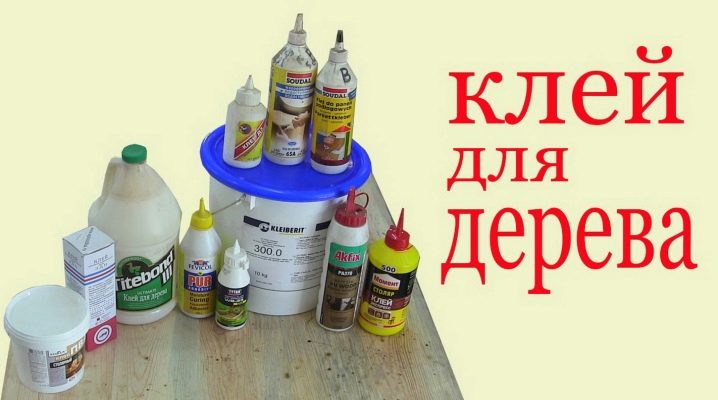
In everyday life, situations often arise associated with carrying out various works with wooden surfaces and products from wood of different species. In order to repair or make something on your own, it is not always appropriate to use nails or self-tapping screws, so the question arises of choosing an effective tool that can be used to perform fasteners. Most often, the choice is in favor of glue, but not all adhesives are recommended for working with wood.
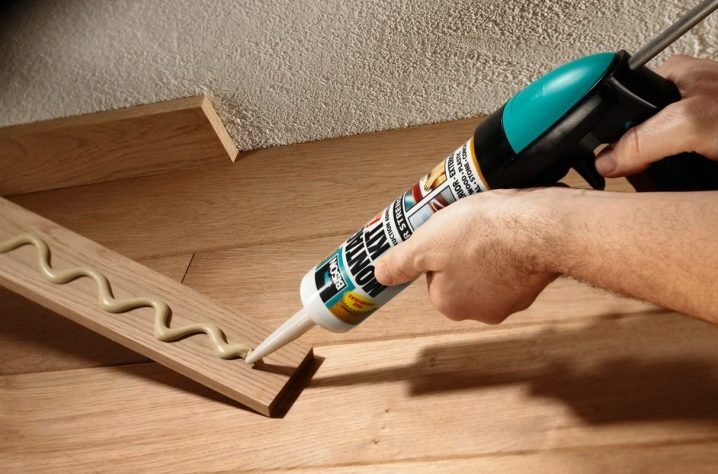
Peculiarities
Wood glue is used everywhere, but the specifics of gluing such a material is somewhat different from joining surfaces made of rubber or plastic. The technology for performing these works does not imply drying or pressing the elements together. The tree needs a different approach, which depends on the individual characteristics of each individual species. Today, the range of adhesives is presented on the market with a mass of various products.
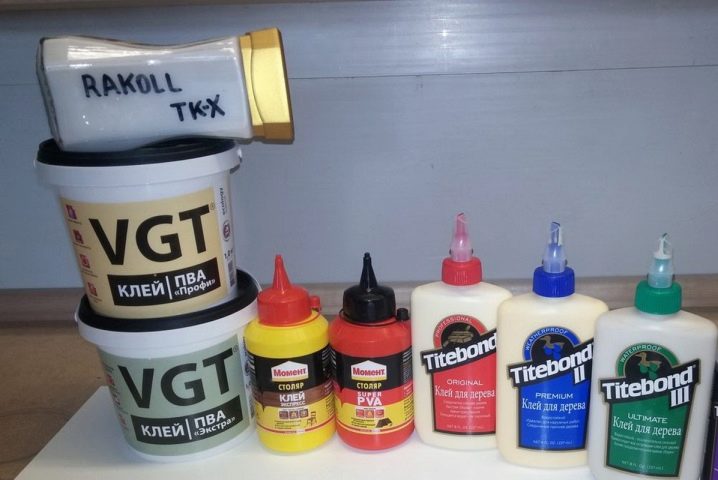
But in this variety, it is enough to simply get confused, without having figured out which products will be optimal for a given situation.
To make the right choice of the composition that will provide the most durable connection, the following factors must be taken into account:
- material characteristics - degree of adhesion, resinousness;
- features of each material that will be attached - wood with plastic or wood with wood;
- the level of load on the glue line;
- conditions for further use of the product.

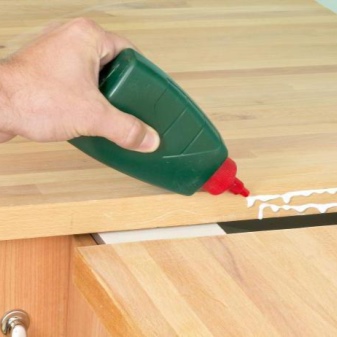
You should also take into account the features of the adhesive composition, among which are:
- the level of adhesion density;
- moisture resistance of products;
- the time required for complete drying;
- multifunctionality of the glue;
- adhesion strength;
- indicators of product toxicity.
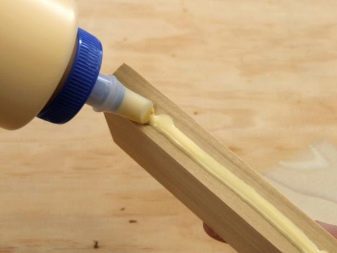
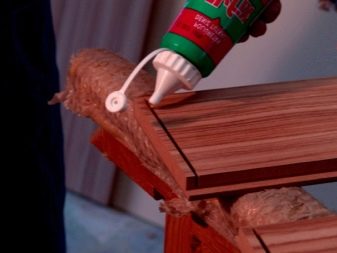
Views
Products for gluing wood have a different composition and scope. Most of the materials are positioned as universal products, for which fastening wooden elements is only one of the areas of use. Other products are manufactured as ad hoc formulations, so they are not designed to come into contact with other types of materials.
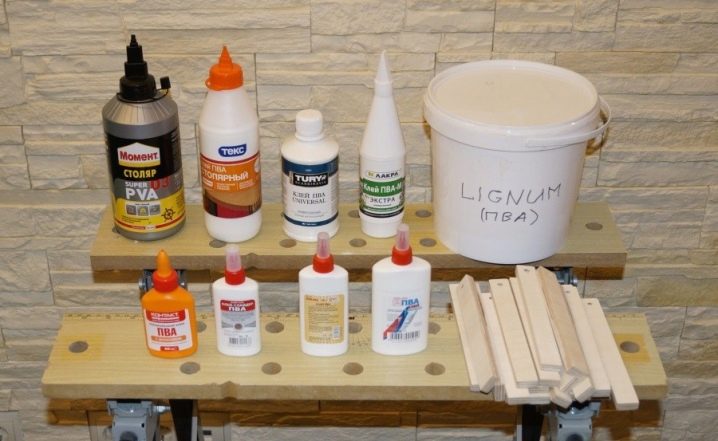
There are several different compositions.
- PVA glue sometimes referred to as dispersed adhesives.
The main characteristics of such products are:
- lack of toxicity, due to which the composition can be used indoors without additional safety measures;
- fast adhesion to the surface;
- static load of 60 kg / cm2;
- unlimited operational life of products;
- the ability to use with any surface.
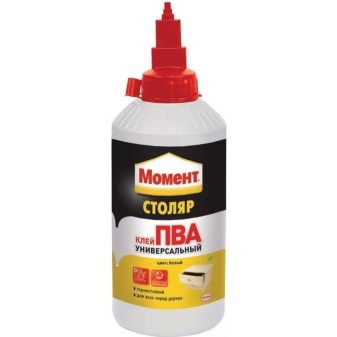
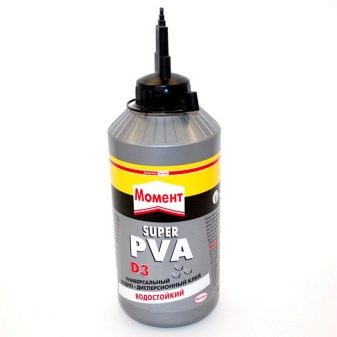
The disadvantage of such glue is the method of its dilution, which is based on the addition of water, which negatively affects the reliability of fixation in rooms with high humidity levels. To ensure high-quality adhesion of the elements, it is recommended to add wood dust to such glue.
- Epoxy adhesive is a two-component composition, for the use of which you will need to mix substances in a given ratio. The products provide strong fixation and are versatile in the field of application. Epoxy compounds are water-resistant, resistant to aggressive substances and fuels and lubricants. The time for complete curing depends on the thickness of the applied layer.The disadvantages of the material include the need to ensure the protection of the skin and overspending, since it is impossible to calculate exactly how much ready-made solution for surface treatment is required.
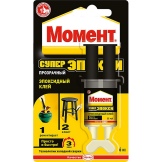

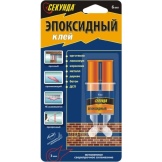
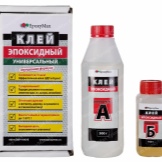
- Bf - a type of glue that includes several options for the product. For wood materials, series 2 and 4 are recommended. This composition has such a feature as very fast solidification. On average, this requires 50-60 minutes, but provided that the humidity and temperature are within normal limits.

The formulations must be applied in two layers at short intervals in time. The fourth series of glue is frost-resistant products. The disadvantage of BF is the need for mandatory preliminary cleaning of the wooden surface with degreasing.
- Heat-resistant adhesives, produced in the form of rods. To work with such products, you will need a special pistol. The scope of application of the products mainly concerns the fastening of small parts or the sealing of defects in a wooden surface.
- Joiner's adhesives. For work, the products need to be prepared. The basis of wood glue is organic protein, which is the main adhesive. It is necessary for joining various wood materials: hardboard, paper, cardboard, wood products. The natural composition ensures the safety of use.
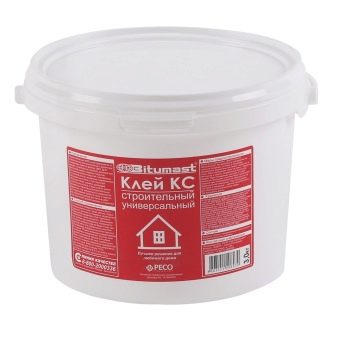
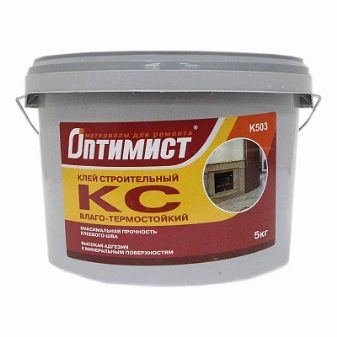
The origin of the main constituent of the joinery is different.
Products are classified based on the type of feedstock.
- Mezdrovy. The main component in such products is a substance that is formed during the processing of animal skin. The material can be produced in the form of flakes, tiles or powder.
- Bone. The bone remains of animals act as raw materials for it. The products have an average cost. It is better to use a transparent composition, instead of unrefined mixtures with impurities.
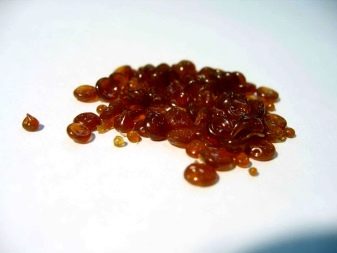
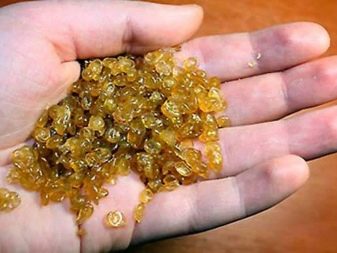
- Casein. It is widely used in aircraft modeling and shipbuilding. It is neutral to moisture and forms a strong bond. To prepare the composition, you must strictly observe the proportions and time interval.
- Fishy. It is prepared on the basis of the remnants of fins and scales. The composition is considered a professional product intended for bonding surfaces with varying degrees of rigidity. The glue has a rather high cost, therefore it is positioned as furniture glue and is used to repair or restore expensive furniture.
- Moisture resistant solution. You can cook it yourself using slaked lime and cottage cheese, which has recently been curdled.
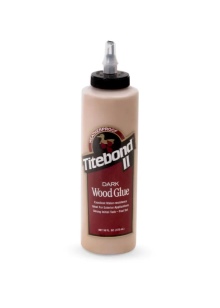
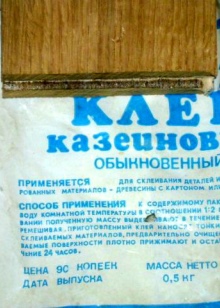

There is a certain technology for making wood glue. For this, the dry mass is poured with water and left for 6-12 hours so that the composition completely absorbs moisture. Then the remaining water is poured off, and the mixture is heated in a water bath until the substance is completely dissolved. The cooking process requires occasional stirring. It is important to control the process so that the mixture does not boil. The glue is applied strictly in the direction of the location of the wood fibers, then the elements are pressed against each other and fixed. The main disadvantage of the product is a decrease in the gluing efficiency in the case of wood moisture content exceeding 10%.

- Syndeticone glue. It is prepared from a carpentry adhesive composition with the addition of lime and powdered sugar. The products are distinguished by a high level of strength of the connection of the elements. The glue is waterproof, resistant to chemicals. The disadvantage of the product is considered to be a rather long preparation process, since the mass for the solution must be kept in water for 24 hours.
- Glue paste. It is prepared on the basis of carpentry, wood ash and chalk. The material shows itself well when priming and puttying wood.
- Polyurethane products. It is the most expensive among the above assortment. The material has a number of positive features.The area where the composition is applied perfectly withstands high dynamic loads.
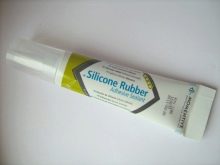

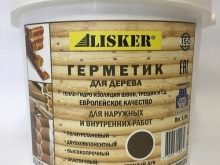
This material is ideal for furniture repairs such as chair legs that loosen over time. Also, the composition is highly resistant to various temperatures, moisture and solar radiation. Wood structures that are operated in extreme conditions are best glued with just such a composition.
Scope of application
One- and two-component PVA adhesives are used for gluing surfaces that are inside the premises. And two-component hardener products can be easily purchased for outdoor use such as stairs, garden furniture, window or door structures. Liquid polyurethane adhesives perfectly adhere wood to wood, as well as ceramic tiles, plywood, metal and plastic. The products are considered ideal for oily wood species. Adhesive alloy creates connections without fixing with a clamp, provides connection of parts with small gaps.
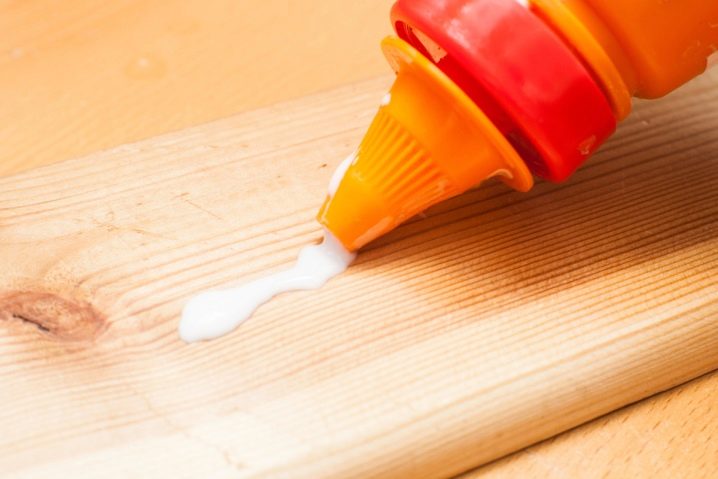
Epoxy glue is recommended for work that involves gluing wood to wood. The product fills the gaps well, creates a waterproof connection.
The contact composition forms an elastic seam that is resistant to mechanical stress. The adhesive provides a secure fixation of textiles in the production of upholstered furniture and gluing large plastic parts to wood.
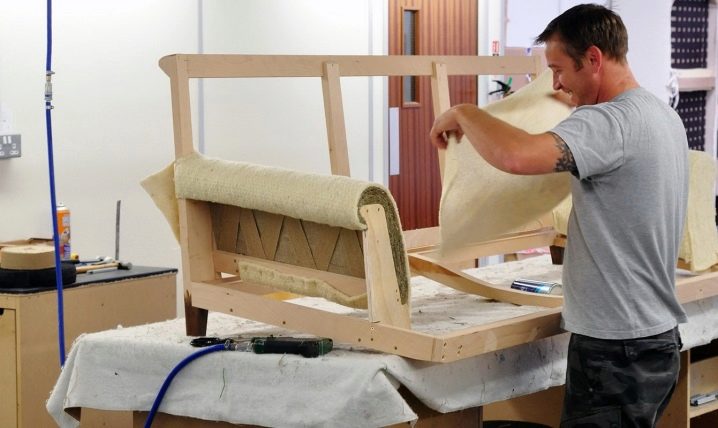
Superglue is used most often at home, since it belongs to quick-drying formulations. However, apart from this, it is widely used for wood. It is indispensable for fixing small wooden elements and intermediate fixing of parts. The composition is recommended for sealing cracks on wooden surfaces, and it can also be used to repair a chopping board with your own hands.
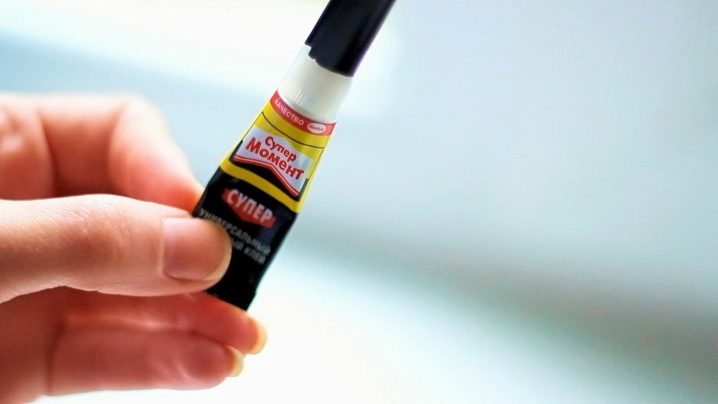
Bone glue is ideal for antique furniture.
How to use?
Each type of glue for wood assumes compliance with individual rules that are reflected in the scope of application.
Common methods include:
- the need to clean the working surfaces before applying the composition;
- conducting a test assembly without the use of glue.
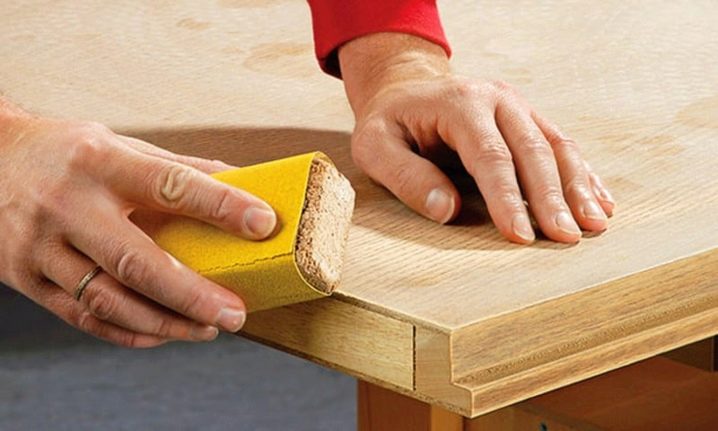
Since parts that do not come out to press against each other when a little pressure is applied, it will not work to glue. Already connected parts with the help of the composition must be fixed with clamps until the material is completely dry. On average, products solidify in a day. Glue, as a tool for fixing wooden elements between each other, is an old and very effective option, which has multiplied its properties thanks to the latest technological developments. Any product contains detailed instructions for use on the packaging.
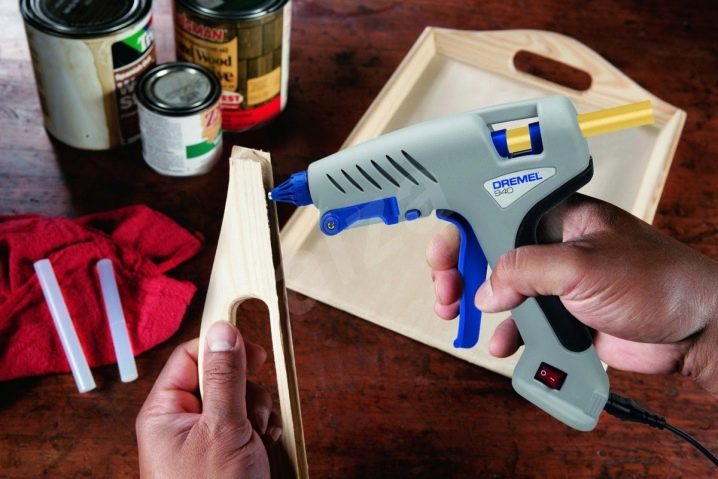
Manufacturers
On the market, wood glue is represented by a large variety of well-known brands. The leaders in this segment are Moment, Titebonde and Titan.
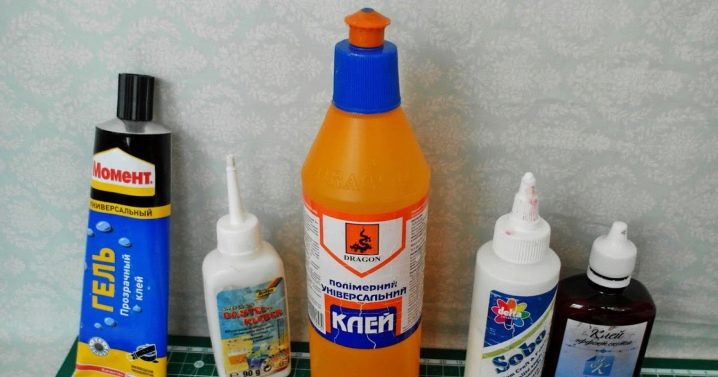
Titebond produced by the company Franklin International... The product is recommended for plywood furniture, wooden floor surfaces, and other types of woodworking. The composition does not include solvents, and the main components are natural and synthetic polymers. This feature provides good adhesion of surfaces to each other.
There is a series of formulations Titebond II Premium, which is in great demand for the production of doors and windows. The composition has a high level of moisture resistance, therefore, it manifests itself perfectly during operation outdoors. Quite often, a similar tool is used to decorate a wooden facade with various elements.
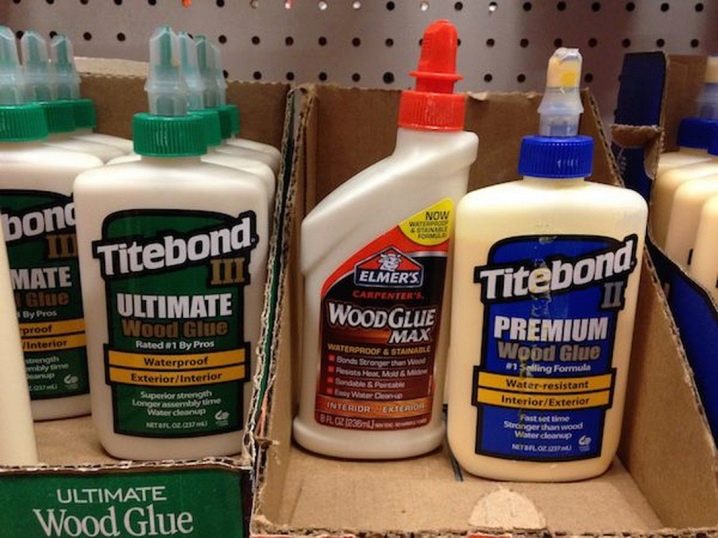
Company Henkel popular for its products "Moment of Super PVA D3"... It is used for industrial purposes, as well as in everyday life for gluing cardboard, paper or plywood.Waterproof PVA glue acts as an additive in concrete solutions, due to which the plasticity of the finished mass increases. D4 formulations indicate a high class in terms of product water resistance. Such funds are positioned as special-purpose goods, therefore, they are distinguished by a high price.
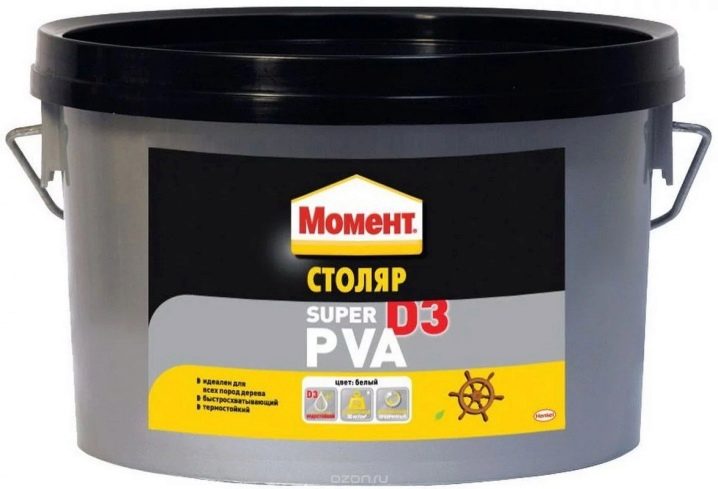
"Moment Joiner" - the best Russian glue, which is a water dispersion that perfectly adheres any type of wood, as well as building materials. Professional carpenters note its quick drying, affordability and durability.
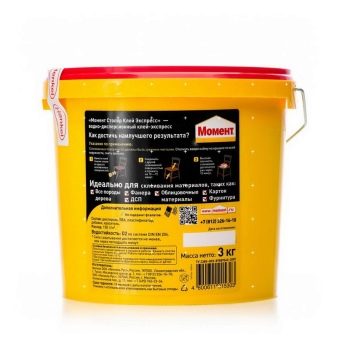
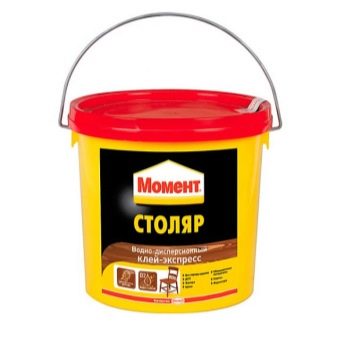
"Titanium universal" recommended for bonding plastic, glass and wood. Such a quick-drying glue quickly gains strength, becomes colorless, therefore it is considered an excellent option for working with wood and wood-containing materials.

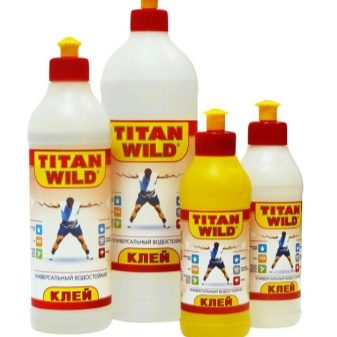
Joiner's glue "Second" firmly glues cardboard, leatherette, wood, chipboard and fabric. Can be used for fixing various combinations of materials and products. The adhesive is popular in furniture renovations and flooring installations. The composition is odorless, therefore it can be used in closed rooms.
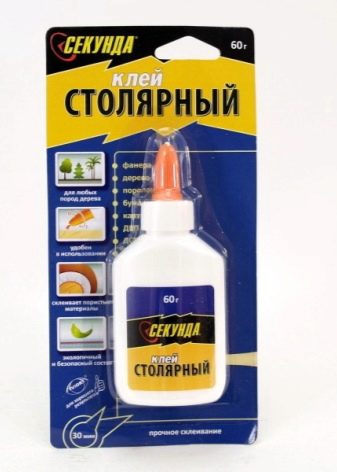
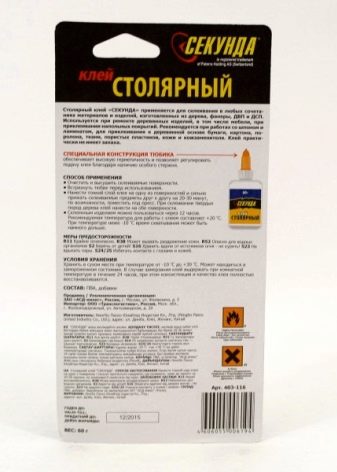
Advice
When buying a glue solution for wood, the following nuances must be taken into account:
- If you are gluing elements forever, then you should pay attention to synthetic compounds. For parts that may require disassembly in the future, it is more correct to buy a bone or casein product.
- Light wood species do not need to be glued with casein adhesives, because over time the seams will darken, and the "Joiner" composition, which acquires the same shade as the work surface, will be ideal for such work.
- When buying PVA, you need to check its consistency. If it is too liquid or, conversely, very thick, it means that the products have been exposed to hypothermia during transportation or storage. As a result, she is guaranteed to lose her properties.
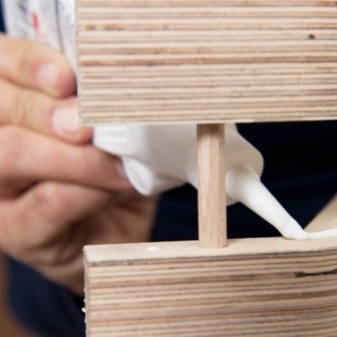
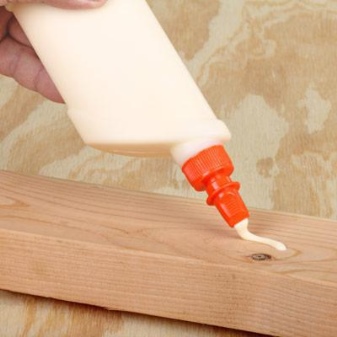
To choose high-quality glue, you need to take into account the volume and specifics of the upcoming work. For example, to apply the composition to a large area, you should opt for powdery products, since they are several times cheaper. It is imperative to study the qualitative characteristics of the composition, choosing products based on the most suitable physical characteristics of the product.
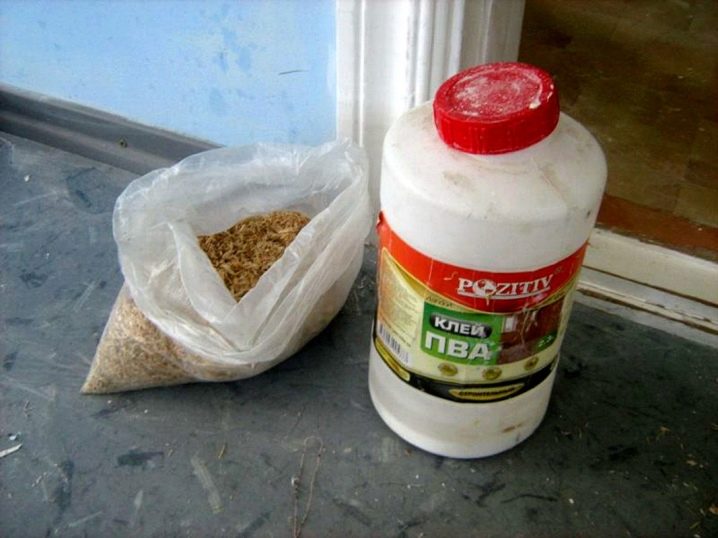
It will not be superfluous to first consult with a specialist, since most of the professionals select the composition empirically, and the information on the packaging and customer reviews will help you make the right choice among the products of domestic and foreign manufacturers of wood adhesives.
For information on how to choose a glue for wood, see the next video.













The comment was sent successfully.